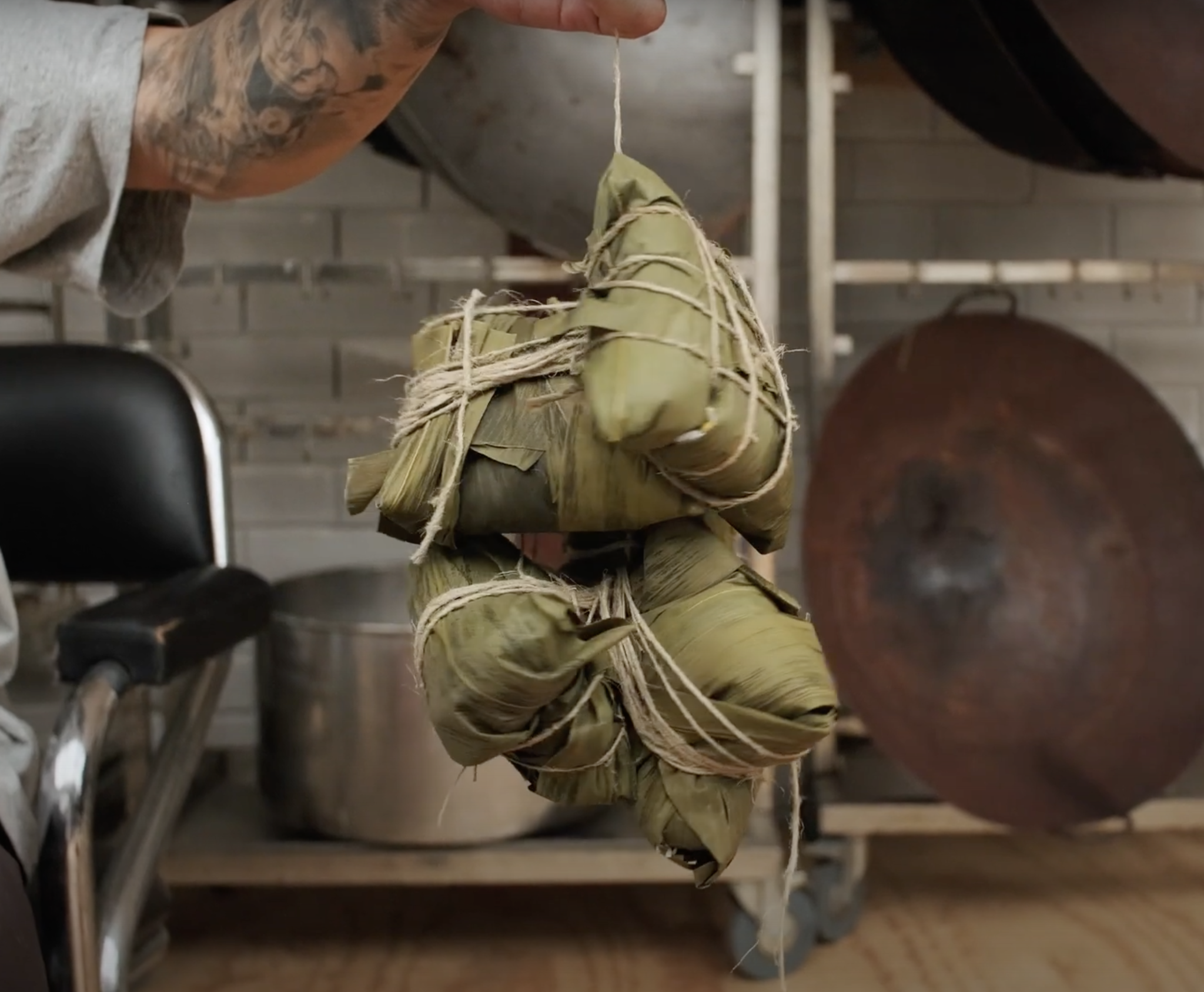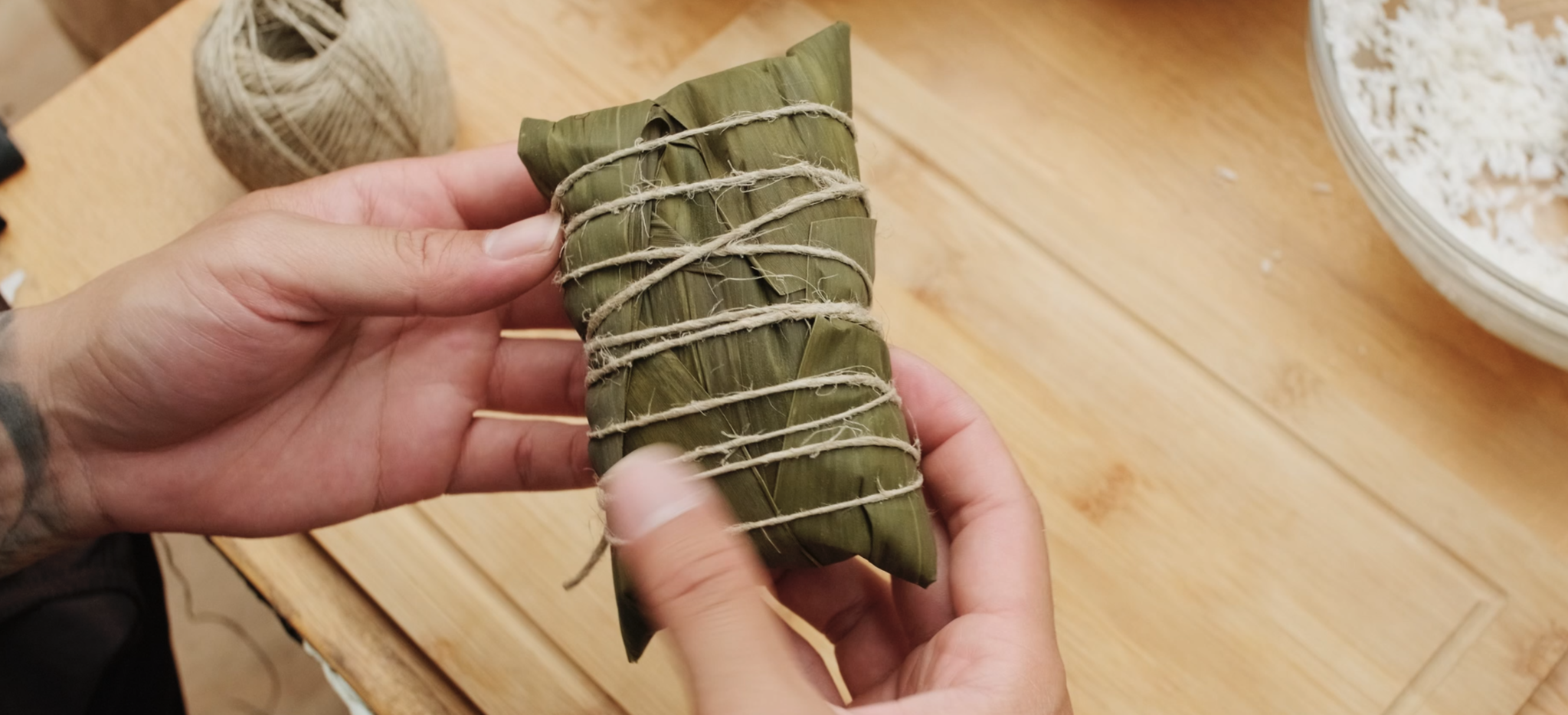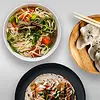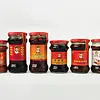Dragon Boat Festival, also known as Duanwu Jie, is a traditional Chinese festival celebrated annually on the 5th day of the 5th month of the Chinese lunar calendar. This year, it falls on Thursday, June 22, 2023. The tradition has a history that dates back over 2,000 years and is considered one of the most important festivals in Chinese culture.
The Dragon Boat Festival commemorates the famous poet and statesman Qu Yuan, who lived during the Warring States period of ancient China. Qu Yuan was a patriot and was highly respected for his honesty and integrity. When his country was taken over by a rival kingdom, Qu Yuan jumped into the Mi Luo river out of grief and frustration. The local people, who greatly valued him, tried to save him by throwing food into the river, rowing boats and beating drums to drive away the fish and evil spirits. This act of love and courage marked the beginning of this special tradition.
Today, the Dragon Boat Festival is celebrated with colorful dragon boat races. During these spectacular events you can watch different teams paddling in long, narrow boats. Meanwhile, there is a drummer beating the rhythm to encourage them to row harder. The boats are decorated like dragons, complete with a dragon head and tail, which makes the spectacle even more impressive.
Zongzi
An indispensable tradition during the Dragon Boat Festival is eating the traditional dish called Zongzi. This dish is made of sticky rice and various sweet or savory fillings. They are wrapped and tied in bamboo leaves in a special way, giving the dish a unique texture and aroma.
The origin of this dish is intertwined with the legend of Qu Yuan. When fishermen did their best to protect his body, they wrapped rice in leaves and threw them into the river. They did this in the hope that the hungry fish would feast on these delicacies and spare Qu Yuan's venerable body from being eaten. This simple act of love grew into one of the most beloved and essential traditional dishes in Chinese cuisine.
Ingebonden Zongzi
Variations of Zongzi
There are different variations of Zongzi depending on the region. For example:
Cantonese-style Zongzi
The Cantonese style of Zongzi is popular in Hong Kong and represents the style of South China. It is made with a rich, flavorful filling of marinated duck, pork belly, mushrooms, dried scallops, or salted egg yolk. Most Zongzi in this style have a pyramid shape and are smaller than the versions from northern China.
Hakka-style Zongzi
The Hakka variant of Zongzi is often filled with shallots, dried mushrooms, dried baby shrimp, and minced pork. It is usually eaten cold, while most other southern Chinese Zongzi are served hot.
Chiuchow-style Zongzi
Chiuchow Zongzi contains red beans, pickled pork belly, chestnuts, mushrooms, and dried shrimp, giving it a nice balance of sweet and salty flavors.
Beijing-style Zongzi
Zongzi recipes often start with sticky rice, but this northern Chinese dumpling has a different main ingredient. The Beijing variant, like the Hakka variant, is eaten cold and is filled with red dates and red bean paste. The sticky rice is often replaced with millet.
Shanghai-style Zongzi
The sticky rice for Zongzi is sometimes marinated in both light and dark soy sauce to give it a richer flavor and color. This is particularly done in the Shanghai region. Sweet Zongzi often contains red bean paste, while savory Zongzi usually contains pork.
Zongzi
Zongzi recipe
To celebrate the Dragon Boat Festival, we are sharing our own Zongzi recipe with you. Here, you will find all the ingredients and the step-by-step guide to easily follow this recipe. Keep in mind that you can use different fillings for the dumplings.
Required Time
Preparation: 1 day Cooking: 8 hours Servings: 12-15
Ingredients
- 1 kg glutinous rice
- 40-60 large dried bamboo leaves (2-3 per dumpling)
- Roll of cotton thread (also known as butcher's twine)
- 500 g pork belly, cut into 2.5 cm cubes
Fillings
- 500 g peeled yellow split peas
- 200 g raw peeled peanuts (with skin)
- 100 g dried shrimp
- 15 dried shiitake mushrooms
Marinade for Pork Belly
- 1 teaspoon salt
- 1 teaspoon five-spice powder
- 0.5 teaspoon sugar
- 0.5 teaspoon black pepper
- 1 teaspoon Shaoxing cooking wine
- 1 tablespoon light soy sauce
Rice Seasoning
- 1 teaspoon salt
- 1 tablespoon vegetable oil
Step-by-Step Guide
- Prepare the pork belly. Cut the pork belly (500 g) into approximately 2.5 cm pieces and place them in a bowl. In another bowl, add salt, five-spice powder (1 tsp), sugar, black pepper (0.5 tsp), Shaoxing cooking wine (1 tsp), and light soy sauce (1 tbsp). Mix all the flavors together and add them to the bowl with pork belly. Then, mix everything with your hands or a spoon until well combined. Let the marinade sit in the refrigerator for at least 3 hours. If possible, it's best to leave the marinade overnight.
- Prepare the bamboo leaves. Soak the leaves in cold water in a large container for 30-60 minutes, making sure all the leaves are fully submerged. Then, add all the leaves to a wok or large pot and immerse them in cold water again. Cover with a lid and bring it to a boil over high heat. Once the wok/pot comes to a boil, reduce the heat and let it simmer for 15-20 minutes. Then, turn off the heat, drain the water, and wash each side of each leaf with a clean sponge or cloth. If you plan to prepare the leaves the day before, place them in a bucket or large bowl of water to keep them moist overnight.
- Prepare the fillings. Place glutinous rice (1 kg), mung beans (500 g), peanuts (200 g), dried shrimp (100 g), and dried shiitake mushrooms (15 pieces) in separate bowls. Fill each bowl with water. Rinse the ingredients and then drain the water. Repeat this process 3 times for each ingredient. Then, soak each ingredient in water for 30 minutes, drain well using a colander, and set them aside. Add salt (1 tsp) and vegetable oil (1 tbsp) to the rice and mix well. For the mung beans, only add salt (1 tsp) and mix well.
- Wrap the dumplings. Start by arranging 2 leaves. Combine one large leaf with one small leaf. Place them in opposite directions (one end is pointed, one end is round). Place them with the stem facing outwards and the shiny side up (one side is rough, one side is shiny/smooth). Space the leaves about 2.5 cm apart and then fold them in half (shiny side up). Then, make another fold of about 2.5 cm along the bottom edge of the fold you just made; this forms the corner of your pouch. Make sure there are no tears in the leaves; if there are, discard them or cover them with a second leaf.
- Fill the pouches in the following order: 2 tablespoons of rice, 1 tablespoon of mung beans, 1 tablespoon of peanuts, 1 piece of pork belly, 2 pieces (depending on size) of dried shrimp, 2 pieces of dried shiitake mushroom, 1 tablespoon of mung bean, 2 tablespoons of rice. Each time you add rice and mung beans, distribute them evenly in the pouch.
- Seal the dumplings. You can take a third leaf and wrap it around the dumpling in a high position to seal it, or if there is enough space with the pouch you already have, you can close the pouch by folding both sides inward toward the filling and then folding them towards the sides until the zongzi is securely wrapped. Trim excess leaves with scissors.
- Tie the zongzi securely. Use cotton cooking twine, start by holding the twine with your finger on the leaf, and then make several loops around the dumpling width-wise, creating a double cross with the twine. Cut off any excess twine. Remember, it doesn't have to be perfect!
- Cook the zongzi. Fill a large pot with zongzi and cold water until all the dumplings are fully submerged, and cover the pot. Bring the pot to a boil over high heat, once it boils, reduce the heat to medium and let it simmer, depending on the size of your zongzi, for 1.5 to 3 hours. As it cooks, the water level will decrease over time due to evaporation. Check every 30 minutes to ensure the zongzi are fully submerged and add boiling water if necessary.
- Unwrap, share, serve, and enjoy!
Have you made this recipe? We would love to see it and hear about it! Tag us on Instagram/TikTok @tjinstoko, subscribe to our mailing list, and follow us on social media for more recipes and stories!



 New Arrivals
New Arrivals
 Search by country
Search by country
 Search per category
Search per category
 Specials
Specials
 Outlet
Outlet
 Tjin's Blog
Tjin's Blog









